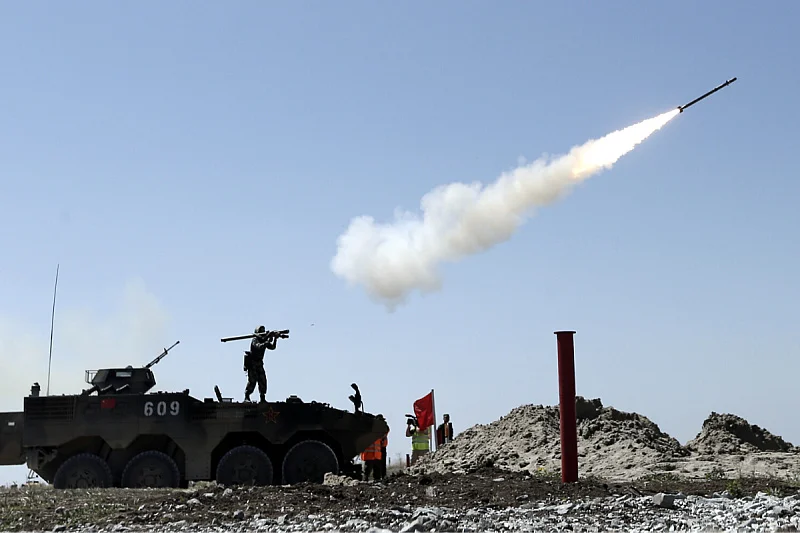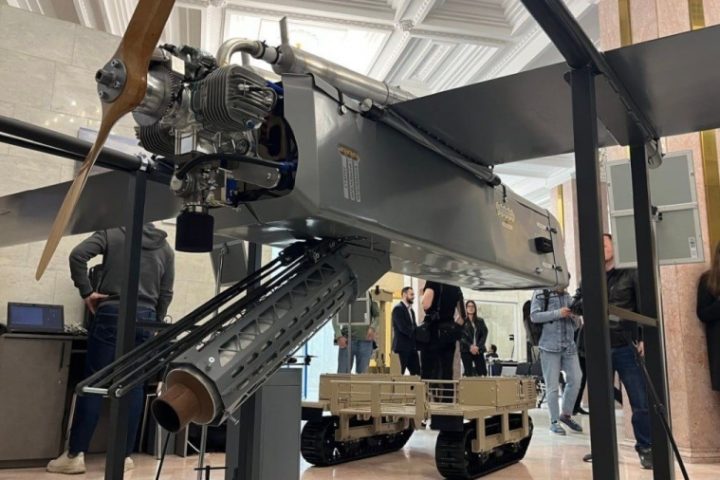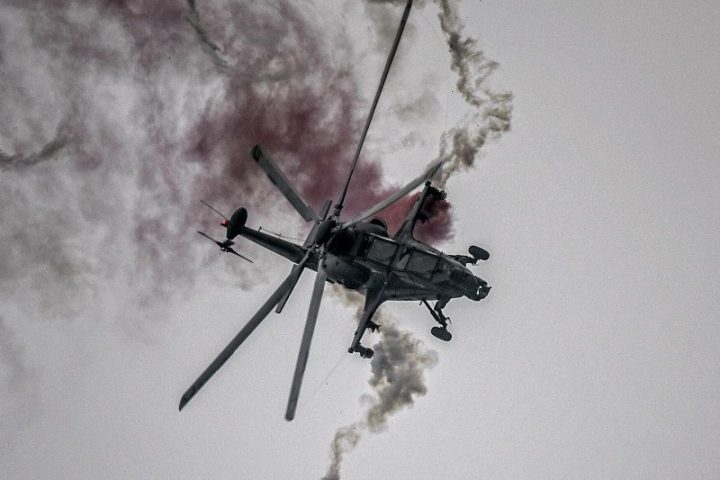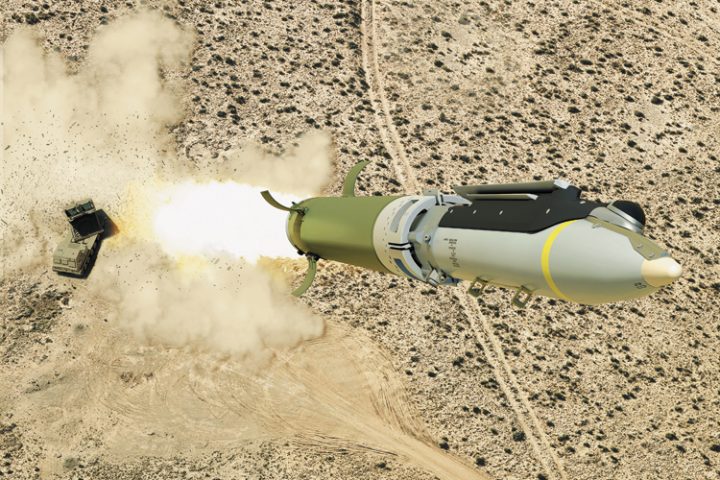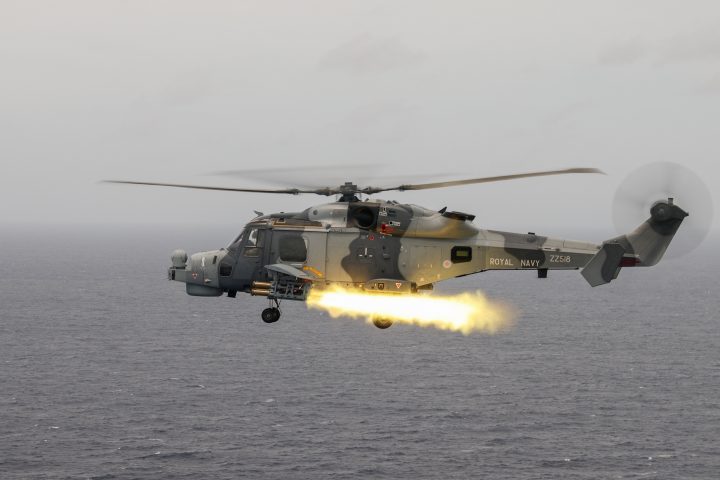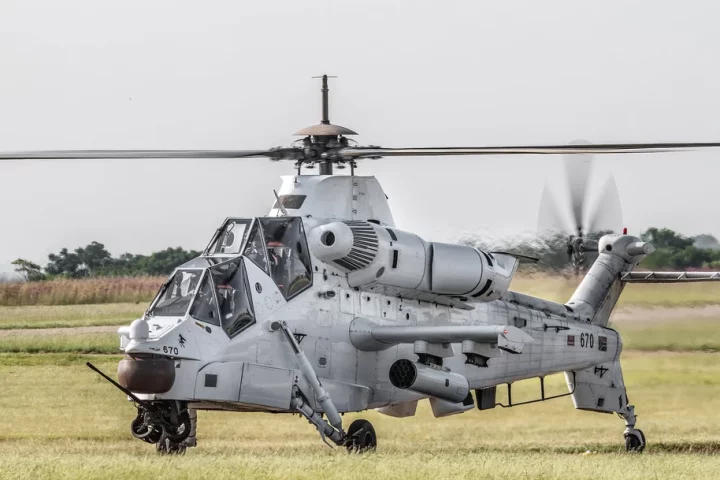In a notable shift in defense policy, the German Ministry of Defense has officially announced plans to deliver 120 Soviet-designed 9K38 Igla man-portable air defense systems (MANPADS) to Ukraine. This marks the first time Germany has agreed to supply this specific type of anti-aircraft missile to support Ukraine’s military efforts.
The move signals a renewed commitment by Berlin to strengthen Ukraine’s defensive capabilities, especially amid mounting pressure to counter increasingly aggressive aerial attacks by Russian forces. For months, Germany had been hesitant to provide direct military aid involving lethal systems, but this latest decision marks a decisive change in strategy.
What is the 9K38 Igla (SA-18 “Grouse”)?
The 9K38 Igla, known in NATO nomenclature as the SA-18 “Grouse,” is a shoulder-fired, infrared-guided surface-to-air missile system originally developed by the Soviet Union in the early 1980s. Compact, portable, and highly effective, the Igla is designed to allow individual infantry units to engage low-altitude threats, including helicopters, fixed-wing aircraft, and increasingly, unmanned aerial vehicles (UAVs).
With an effective range of up to 5.2 kilometers and a maximum engagement altitude of approximately 3.5 kilometers, the Igla offers crucial battlefield air defense, particularly in frontline scenarios where larger, vehicle-mounted systems are unavailable or too slow to deploy.
A Timely Boost to Ukraine’s Air Defense
Germany’s donation of the Igla systems comes at a critical juncture. Russian forces have intensified the use of rotary aircraft, loitering munitions, and reconnaissance drones in their campaigns, presenting persistent threats to Ukrainian frontline positions.
The Igla’s passive infrared guidance system provides significant advantages in this context. Resistant to electronic jamming and other countermeasures, the system’s “fire-and-forget” capability allows operators to launch and immediately relocate, reducing the risk of being targeted and increasing their chances of survival.
East German Stockpiles?
Although the German government has not officially confirmed the origin of these systems, defense analysts speculate that the Iglas may have been inherited from the former East German National People’s Army stockpiles following reunification in 1990. These legacy systems have reportedly been maintained in storage and may now serve a renewed purpose in Ukraine’s ongoing defense against Russian aggression.


